This is ‘Fountain’ (1917) by Marcel Duchamp. Yup, it’s a urinal. With a signature on it.
If you’re avant-garde you’re usually an artist, intellectual or writer who experiments with work or ideas that challenges cultural norms (so it’s those pieces you see in galleries that make you say ‘I could knock that up at home’, which then go on to win the Turner Prize). But you knew all that already, right? The reason I’ve chosen it as the word of the week is because I found out its origins on this week’s Wittertainment podcast (which, considering it’s supposed to be about films, actually contains a surprising amount of etymology – see, for example, curfew, sabotage and egregious). And I had no idea how literal it is.
So, ‘avant-garde’ is French (naturellement), and translates literally as ‘advance guard’ (AKA ‘vanguard’). It was originally used by the French military to refer to a small group of soldiers that reconnoi… reconoi… reccono… scouted ahead of the main force. In the 19th century it became associated with left-wing French radicals campaigning for political reform. And from there it was then linked with the idea of art as a force for social change, eventually losing the association with left-wing social causes to become the term we know today.
One of the first artworks to be described as avant-garde was The Little Fourteen Year Old Dancer by Edgar Degas. Despite looking pretty inoffensive to us today, she caused an outcry when she was first exhibited in 1881. The public didn’t like how realistic she looked, or that she was a dancer – then considered a profession on a similar level to prostitution. Critics of the time described her as both ‘repulsive’ and ‘a threat to society’. I’d love to know what they would have made of Duchamp’s urinal.
David Bowie doing avant-garde like only David Bowie could







